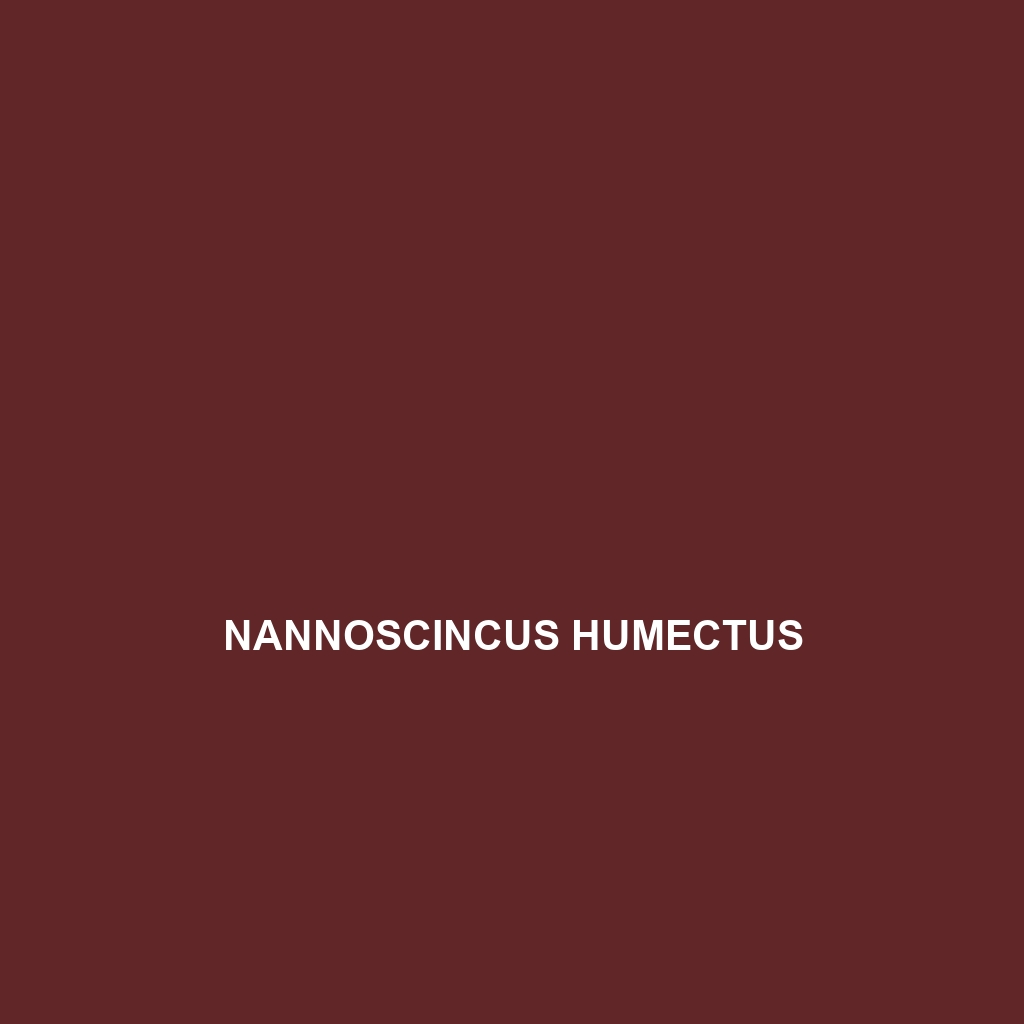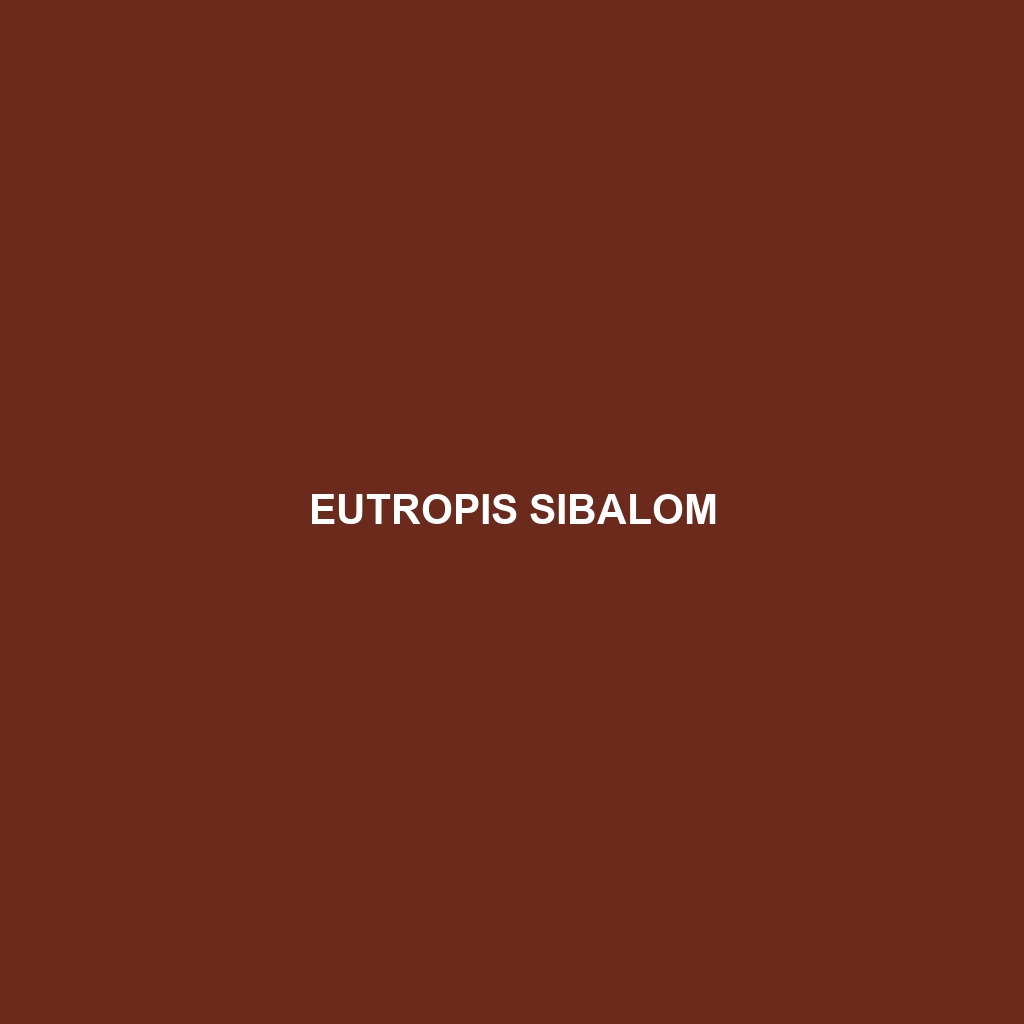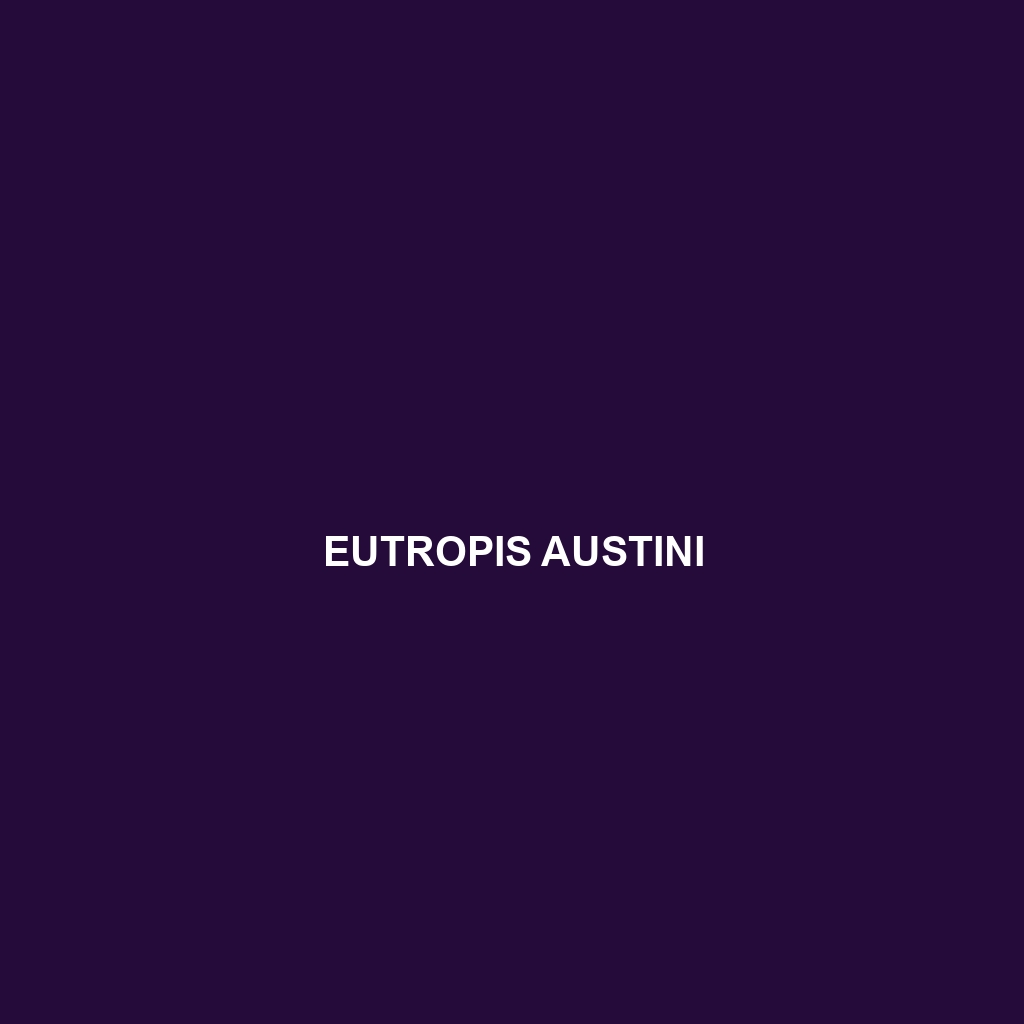<b>Parvoscincus decipiens</b> is a small-to-medium-sized skink native to the rainforests of Southeast Asia, featuring a sleek body with earthy tones for effective camouflage. Known for its diurnal foraging behavior and social structure, this insectivore plays a vital role in maintaining ecosystem balance by controlling insect populations and facilitating seed dispersal.
Tag: skink identification
Nannoscincus humectus
The <b>Nannoscincus humectus</b>, commonly found in the rainforests of Papua New Guinea, is a distinctive skink measuring 10-15 cm with smooth, glossy scales and large protruding eyes. Primarily nocturnal and insectivorous, it plays a crucial role in its ecosystem by regulating insect populations while adapting well to its humid habitat.
Morethia adelaidensis
<b>Morethia adelaidensis</b>, commonly known as the Adelaide Plains skink, is a resilient omnivorous species found in southeastern Australia, thriving in various habitats such as temperate forests and urban gardens. This slender skink, measuring 8 to 12 cm, features a glossy coloration that offers excellent camouflage, and plays a crucial role in controlling insect populations within its ecosystem.
Lerista axillaris
Introducing the Lerista axillaris, or axillary skink, a fascinating insectivore native to Australia's arid and semi-arid regions, characterized by its streamlined body, distinctive brownish or gray coloration with stripes, and remarkable burrowing capabilities. This resilient species plays a crucial role in its ecosystem by regulating insect populations and promoting soil health through its burrowing activities.
Lankascincus fallax
The Lankascincus fallax, or Sri Lankan skink, is a vibrant, insectivorous reptile thriving in the humid tropical rainforests of Sri Lanka. Measuring 10 to 15 cm with smooth, shiny scales, it plays a crucial role in maintaining insect populations and contributes to the ecosystem's biodiversity through its unique adaptations and dietary flexibility.
Eutropis sibalom
The Eutropis sibalom, or Sibalom skink, is a slender, diurnal lizard native to Southeast Asia, known for its vibrant coloration and distinctive stripes. Thriving in humid rainforests, this omnivorous species plays a crucial role in its ecosystem by controlling insect populations while also exhibiting remarkable tail regeneration abilities.
Eutropis austini
Discover the <b>Eutropis austini</b>, or Austin's skink, a slender, diurnal lizard thriving in Southeast Asia's rainforests and savannas. With its unique coloration, agile movements, and role as an insectivore, this fascinating species plays a vital part in maintaining ecological balance while showcasing remarkable adaptability.
Emoia aurulenta
Introducing the Emoia aurulenta, commonly known as the golden skink, a vibrant and agile reptile found in tropical rainforests and coastal regions of the southwestern Pacific. This sleek, yellow-hued skink plays a vital role in the ecosystem as both a predator of insects and prey for larger animals, showcasing fascinating behaviors and adaptability.
Emoia aenea
The Emoia aenea, or metallic skink, is a vibrant lizard known for its iridescent scales and adaptability to various humid habitats, including tropical rainforests and coastal areas of the southwestern Pacific. Measuring 20 to 30 cm in length, it primarily feeds on insects and plays a crucial role in maintaining ecological balance.
Diporiphora reginae
Diporiphora reginae, or Kingston Skink, a resilient inhabitant of southeastern Australia's dry sclerophyll forests. This diurnal skink measures 10 to 15 cm, features golden-brown coloration for camouflage, and plays a vital role in controlling insect populations while exhibiting fascinating behaviors like autotomy for predator evasion.









